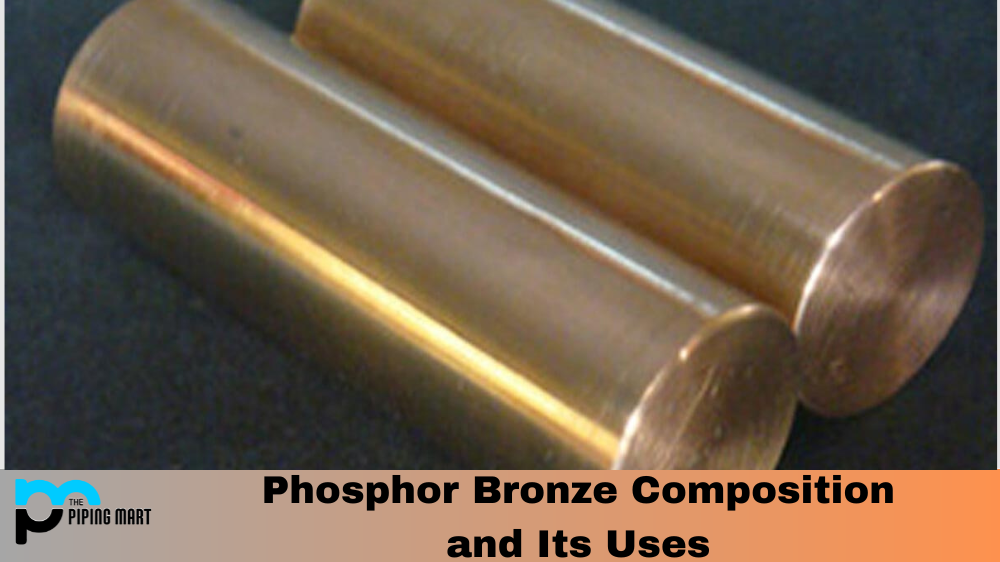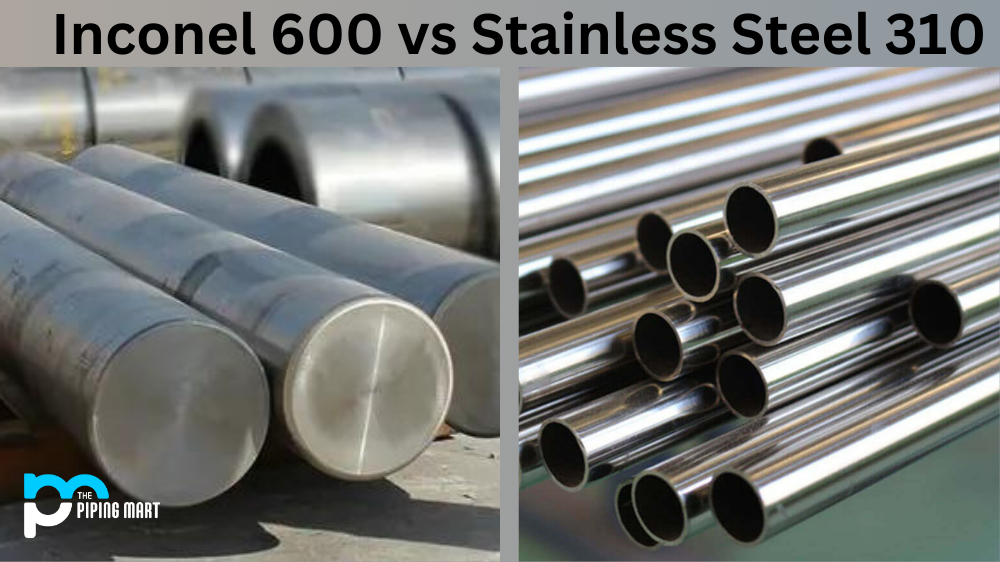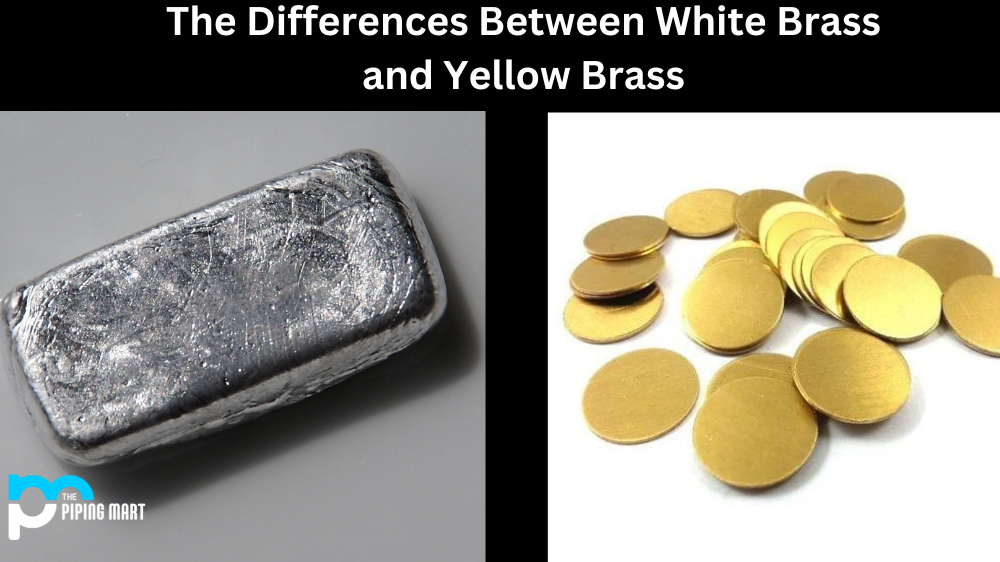When it comes to selecting the correct steel for your project, it can be challenging to know which one to choose. In the world of steel manufacturing, two common types of steel that often get confused are 4140 and 4140h. Although they may seem similar, there are significant differences that you need to understand before deciding which one to use. In this blog post, we will closely examine each of these steels and compare their characteristics, uses, and benefits.
Difference Between 4140 and 4140H
Composition
Both 4140 and 4140h belong to the same family of low-alloy steel, which means they have a low percentage of alloying elements (under 5%). However, 4140h contains higher carbon content than 4140, which improves its hardness and strength. 4140h also includes a higher sulfur concentration, which helps improve machinability but may reduce its weldability.
Uses
4140 and 4140h metals are widely used in machine engineering, construction, and automotive industries. However, 4140h is best suited for heavy-duty applications that require higher strength, hardness, and impact resistance, such as gears, crankshafts, and axles. On the other hand, 4140 is more versatile and suitable for a broader range of applications, such as making bolts, nuts, and screws.
Heat treatment
Heat treatment is a necessary process that helps modify and enhance any steel’s properties. Both 4140 and 4140h steels require heat treatment to achieve the desired hardness, strength, and ductility. However, the heat treatment process for 4140h requires higher temperatures and longer times than 4140 to gain its higher power. Although 4140 has lower energy than 4140h, it has better weldability than the latter.
Machinability
Machinability measures how easily a metal can be cut, drilled, or machined without excessive wear and tear on the cutting tools. Due to its higher carbon and sulfur content, 4140h steel is more brittle and harder to machine than 4140. Therefore, special care must be taken when machining 4140h, such as using sharper cutting tools and reducing the cutting speed and feed rate.
Cost
The cost of each steel will depend on several factors, such as the availability of raw materials, manufacturing processes, and market demands. Generally, 4140h steel is more expensive than 4140 because it requires additional refining and heat treatment processes. However, 4140 and 4140h steel are competitively priced compared to high-strength steel.
Hardness
4140 has a hardness of Rockwell C 28-32. 4140h has a hardness of Rockwell C 32-36.
Yield Strength
4140 has a yield strength of 95 ksi. 4140h has a yield strength of 130 ksi.
Tensile Strength
4140 has a tensile strength of 115-135 ksi. 4140h has a tensile strength of 140-165 ksi.
Elongation
4140 has an extension of 12%. 4140h has an extension of 10%.
Applications
4140 is typically used in applications that require high levels of strength and toughness, such as gears, shafts, axles, bolts, and studs. 4140h is often used in applications that require even higher levels of strength and toughness, such as forgings and forged components
Conclusion
In summary, understanding the difference between 4140 and 4140h steel can help you decide which one is best suited for your application. While 4140 is more versatile and has better weldability, 4140h offers superior strength and resilience to heavy-duty applications. Therefore, consider the composition, uses, heat treatment, machinability, and cost factors when selecting between 4140 and 4140h steel. Only you can determine which steel will best meet your project requirements.

Hey, I’m Krutik, a casual blogger expert in the metal industry. I am passionate about providing valuable information to my readers. With a background in engineering and construction, I like playing Cricket & watching Netflix shows in my free time. Thank you for visiting my blog, and I hope you find my information helpful!




